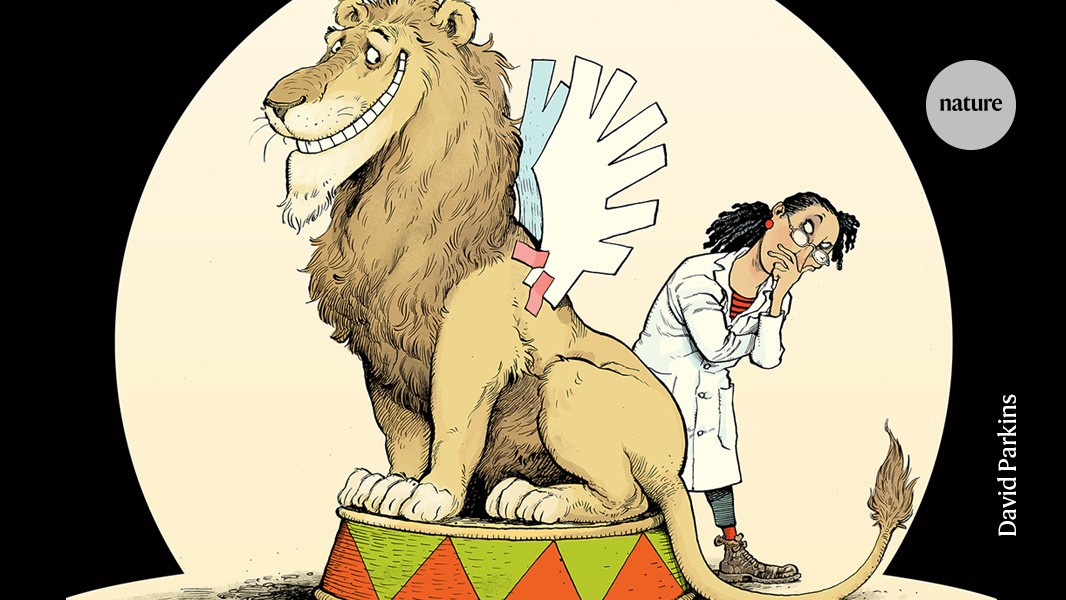
"Peer reviewers play a crucial part, together with journal editors and publishers, in helping to ensure the quality and credibility of published journal articles. But a lack of time and review guidance can limit reviewers' ability to raise concerns."
"Errors can creep into papers even when the authors did not intend to take shortcuts. Unfounded accusations can prevent the publication of important research, damage careers and potentially have blowback for the critic."
"There might be a reasonable explanation for the images' similarities. Jennifer Byrne suggests checking for whether the images relate to the same things and if the two papers have authors in common."
"If both conditions are met, the authors could be reusing their previous data. This might be justifiable or an honest mistake, says Byrne."
The rise in paper retractions highlights issues of scientific misconduct, including plagiarism and AI-generated text. Many papers submitted do so in bad faith, risking the reliability of research critical to fields like oncology. Errors can occur unintentionally, leading to accusations that harm researchers and hinder publication of significant research. Peer reviewers have vital roles in maintaining quality but often face challenges that impact their ability to raise concerns. Jennifer Byrne suggests checking image similarities and shared authorship to determine if data reuse is justified or due to error.
Read at Nature
Unable to calculate read time
Collection
[
|
...
]